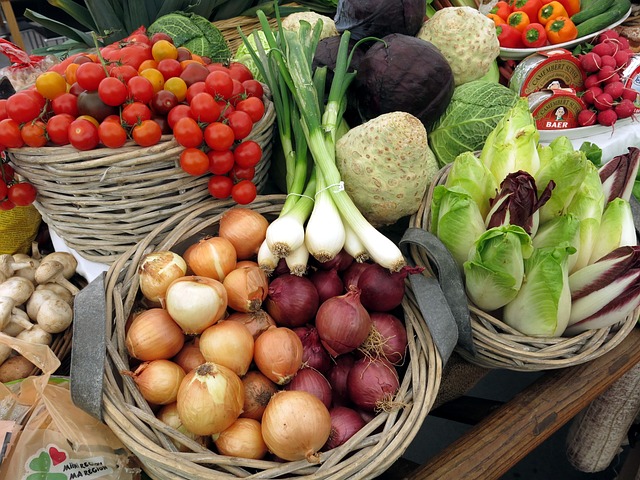Introduction:
Adopting an environmentally friendly diet is an important step towards sustainable living and reducing our impact on the planet. From sourcing sustainable food to choosing eco-friendly options within each food group, there are many ways to make your meals greener. In this blog post, we’ll explore different methods for obtaining eco-friendly food, discuss sustainable options within each food group, and offer practical tips for everyday people to make greener choices. Learn more about sustainable living and climate resilience at ClimatewiseLiving.com.
- Sourcing Sustainable Food
Consider these methods for obtaining eco-friendly food:
- Shop Locally: Support local farmers and reduce the carbon footprint associated with transporting food by shopping at farmers’ markets or joining a community-supported agriculture (CSA) program.
- Grow Your Own: Start a vegetable garden or grow herbs in pots to enjoy fresh, organic produce and reduce reliance on store-bought items.
- Reduce Food Waste: Plan meals, store food properly, and repurpose leftovers to minimize food waste and make the most of your groceries.
- Eco-Friendly Protein Sources
Choose sustainable protein options:
- Plant-Based Proteins: Beans, lentils, tofu, and tempeh are more sustainable and eco-friendly than animal-based proteins. Plant-based diets have a lower environmental impact due to their reduced water and land use, and lower greenhouse gas emissions.
- Sustainable Seafood: Opt for seafood with lower environmental impact, such as certified sustainable fish, responsibly farmed shellfish, or plant-based alternatives.
- Ethical Meat and Dairy: If you consume animal products, choose those from local, small-scale farms that prioritize animal welfare, grass-fed or pasture-raised practices, and reduced antibiotic use.
- Sustainable Carbohydrates
Incorporate eco-friendly carbohydrate options into your diet:
- Whole Grains: Whole grains, such as brown rice, quinoa, and barley, require less processing and have a lower environmental impact than refined grains.
- Ancient Grains: Opt for ancient grains like millet, farro, and spelt, which are often more sustainable and nutrient-dense than modern wheat.
- Local and Seasonal Produce: Choose locally-grown and in-season fruits and vegetables to reduce the environmental impact of transportation and support local farmers.
- Eco-Friendly Fats
Choose sustainable fat sources:
- Plant-Based Fats: Olive oil, avocado oil, and coconut oil are more eco-friendly than animal-derived fats like butter or lard. Nuts and seeds, such as almonds and flaxseeds, are also sustainable sources of healthy fats.
- Responsibly Sourced Palm Oil: If using products containing palm oil, ensure they are certified sustainable to avoid contributing to deforestation and habitat loss.
- Sustainable Vegetables and Sweets
Make greener choices within the vegetable and sweets categories:
- Organic and Pesticide-Free: Opt for organic or pesticide-free produce to reduce the environmental impact of chemical use in agriculture.
- Fair Trade and Ethically Sourced: Choose fair-trade and ethically-sourced chocolate, coffee, and tea to support sustainable farming practices and fair labor conditions.
- Natural Sweeteners: Use natural sweeteners like honey, maple syrup, or stevia instead of processed sugars, which have a higher environmental impact.
- Practical Tips for Everyday People
To adopt an eco-friendly diet, consider these practical tips:
- Plan Meals: Plan your meals around seasonal and local produce, as well as plant-based proteins, to reduce your environmental impact.
- Cook at Home: Preparing meals at home allows you to control the ingredients and reduce food waste.
- Educate Yourself: Learn about sustainable food practices and stay informed about ethical food issues to make more informed choices.
Conclusion:
Making environmentally friendly food choices doesn’t have to be difficult. By sourcing sustainable ingredients, opting for plant-based proteins, and selecting eco-friendly options within each food group, you can contribute to a greener planet while enjoying delicious and nutritious meals. Remember to shop locally, reduce food waste, and educate yourself about sustainable food practices to make the most informed choices possible. To learn more about eco-friendly eating and other sustainable living practices, visit ClimatewiseLiving.com.

Comments are closed